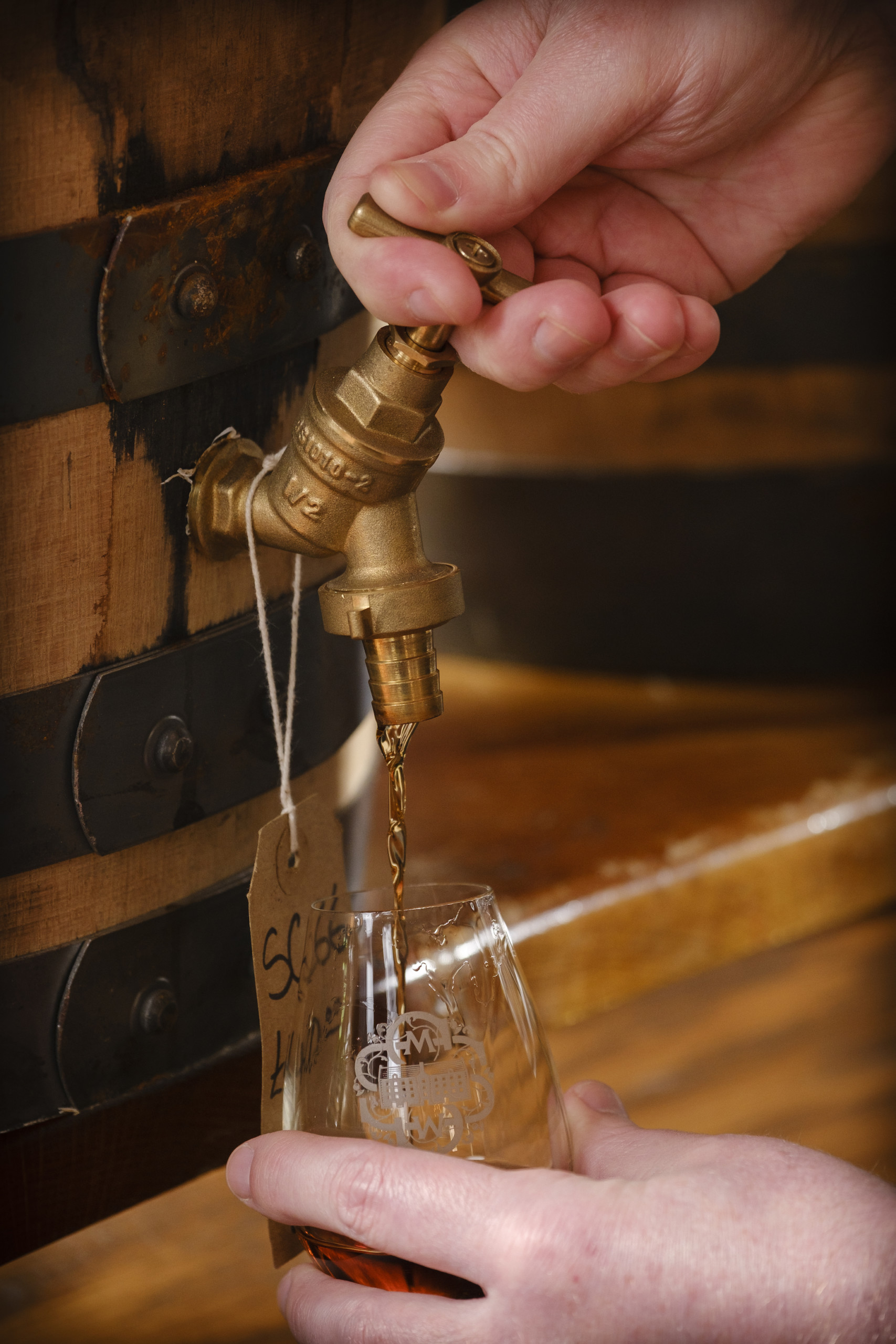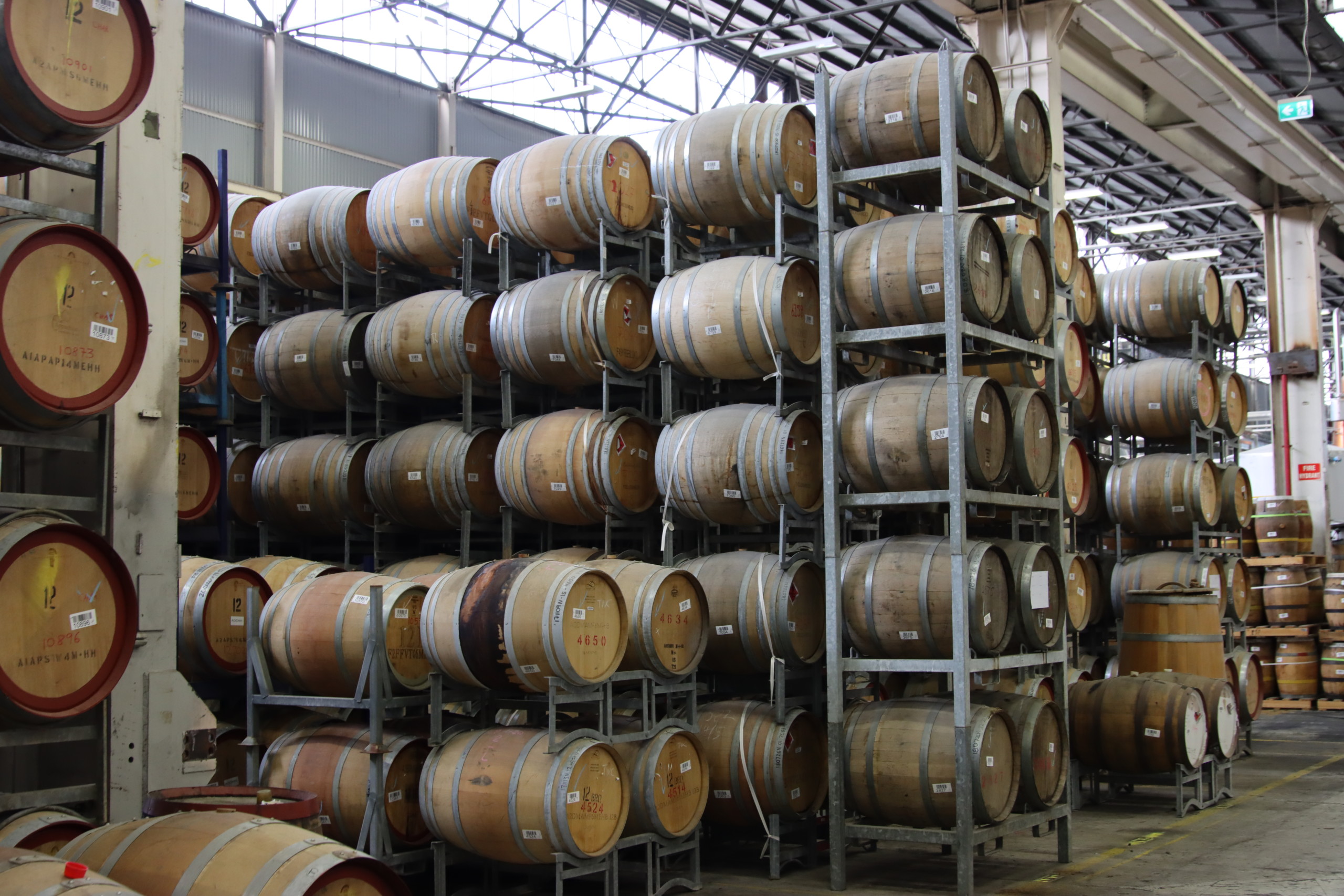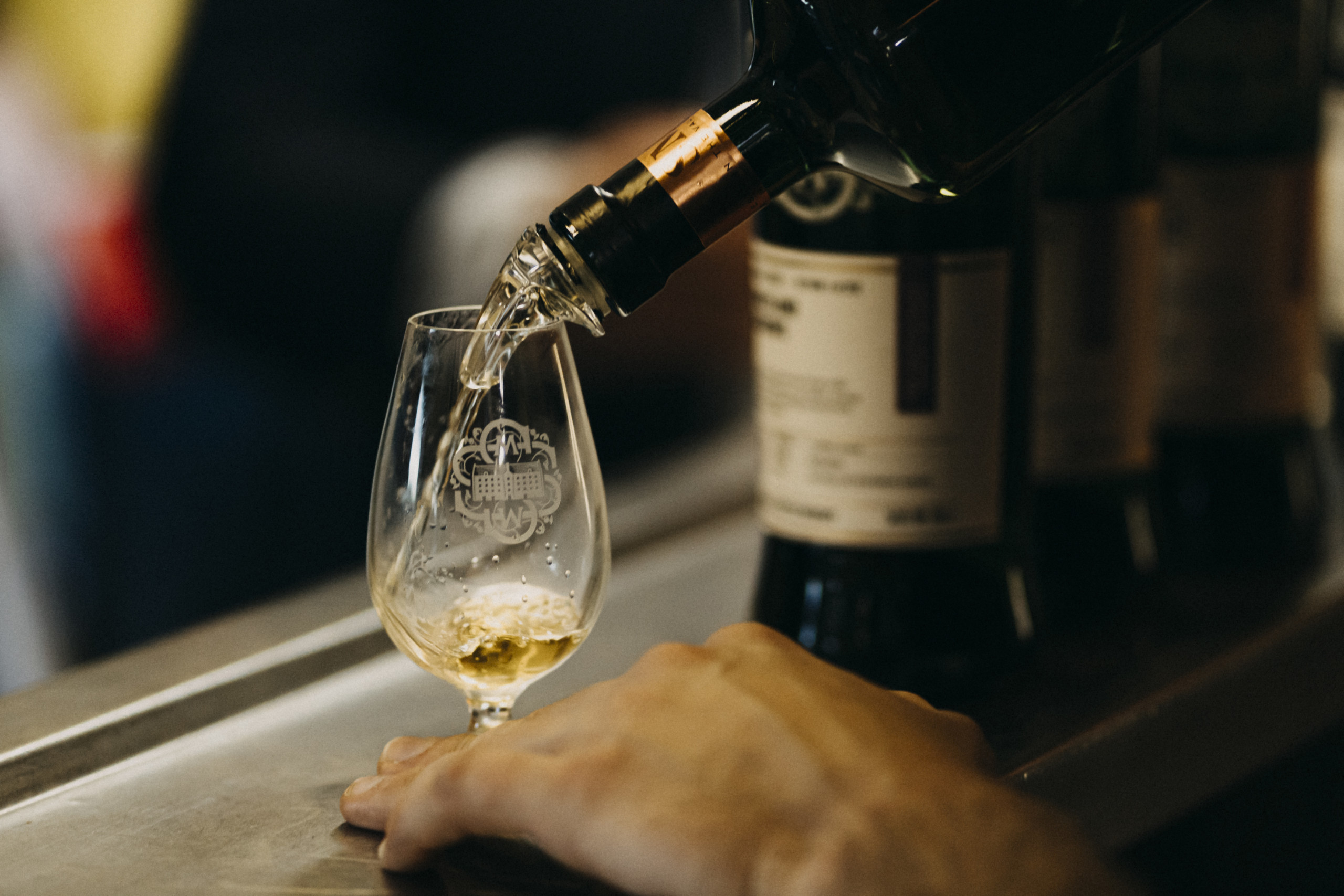April Outturn 2022 Feature Article
Immerse yourself in any serious activity, interest, or pursuit, and you’ll learn quickly that your new-found hobby is more than just a journey; it’s also a procession and a progression. Starting as a novice and wading in the shallow end, it is only through practice, application, and experience that you progress to higher levels of skill, knowledge, prowess, and expertise. You can then subsequently survive in the deep end.
This is a truism for so many things – think of pretty much any sport, game (from chess to sudoku), field of study, or interest. It is

particularly true of all things culinary, especially cooking. Think to home cooking and the learning we go through as we try and master
certain cooking techniques or work with certain foods or cuisines. It’s a long and educational journey as we progress from the basics through to the more advanced techniques or food items. It’s through cooking that we are introduced to the concept of the staples. These are the fundamentals; the foundations; the building blocks. As the very name implies, they are the things that pin and hold everything together. One must arguably understand and master the staples if one is to successfully embark on the more advanced and exotic.
Not surprisingly, whisky also has its staples. And I’m not necessarily referring to the liquid here. Rather, I’m thinking of the staples we hear about and discuss as we further our knowledge and familiarity with the drink we love. If you’re closer to the novice/beginner end of the spectrum, then there are some staples you should explore and learn about….it’s by graduating through these staples that you’ll come to understand whisky on a deeper level and, ultimately, enjoy and appreciate your dram more.
So what are whisky’s staples? In no particular order:
GLASSWARE
How different styles and shapes of glassware impact your appreciation and discernment of a whisky.
MALTS AND BLENDS
The flavours and characters of the different grains, and the end results we get when we isolate them or blend them in different ways.
REGIONALITY
Understanding the traditional differences amongst the regions (e.g. Highland versus Lowland), considering production methods and the resulting styles. (Many people argue regionality is now an outdated or obsolete concept, but you gain an understanding of a distillery’s legacy and traditions when you understand how the regional definitions may have shaped it when the brand was being built 50 or 100 years ago).
ADDING WATER
When to, how to, and why to do this.
PEAT
Islay peat versus “mainland” peat; peating levels (ppm); and understanding the difference between peat and smoke.

SHERRY CASKS AND BOURBON CASKS
…and the different styles/flavours they produce.
ALCOHOL
From 40% to “cask strength”. Furthermore, understanding the magical figure of 46% and its significance for chill filtering.
AMERICAN OAK AND EUROPEAN OAK
…and the resulting aromas and flavours they produce.
WORLD WHISKIES
Understanding how and why Scotch differs to, say, Irish whiskey, American whisk(e)y, Japanese whisky and, of course, Australian whisky!
WHISKY PRODUCTION
Malting, milling, mashing, brewing, distilling, and maturing.
There are arguably further topics/items that some seasoned campaigners would argue are staples; others might suggest that a list of 10 goes beyond the basics, and that the above list could perhaps be culled to, say, five. And it is by that very dilemma that whisky demonstrates what a magnificently complex drink it is.
For something that is made with just three ingredients – barley, yeast, and water – it offers one hell of a rabbit hole to dive down and explore. Here’s to learning and, importantly, here’s to enjoying.








